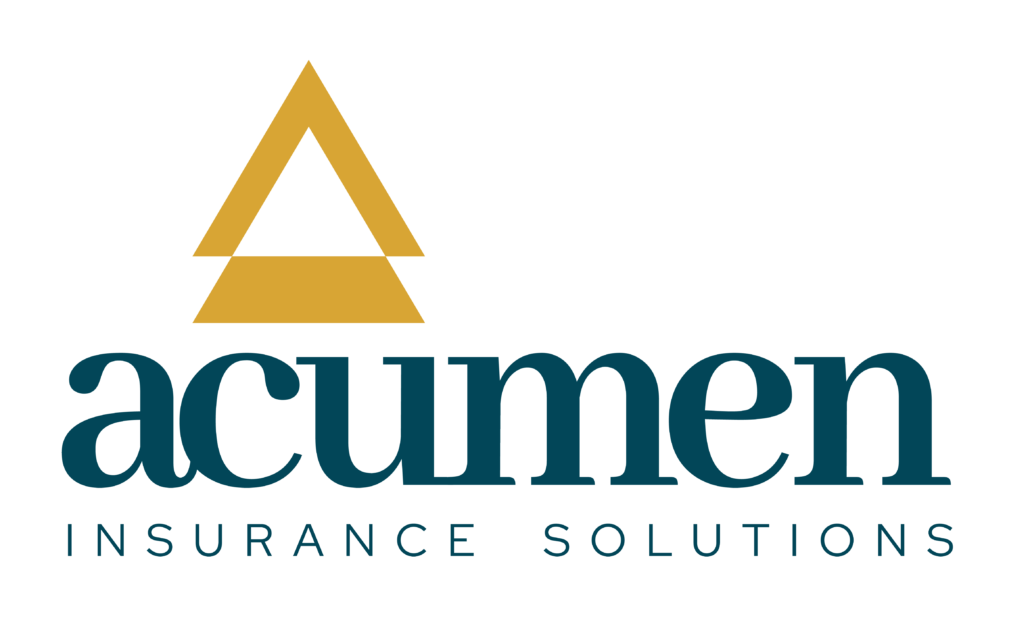How to Retain Top Talent Using Executive Compensation
Executive compensation is one of the most important tools that you can use to retain top talent in your organization. By providing a competitive salary and using executive benefits, like corporate-owned life insurance (COLI), you can attract and keep the best employees.
COLI is a great way to fund employee benefit programs, like health insurance and retirement plans. In this blog post, we will discuss how executive compensation can help you retain top talent in your organization!
Employee Retention
The effects of poor employee retention and high turnover within a business are catastrophic. In fact, poor employee retention can lead to:
- Decreased team morale
- Reduced employee productivity
- Expensive recruitment efforts, and
- Time being wasted
Today, employee retention goes beyond offering company-wide happy hours and snacks in the office (those strategies will only get you so far!).
Powerful compensation programs — particularly those that include executive compensation — will set you apart in the hiring and retention game.
But how can you fund these benefits? Let’s talk about how to retain top talent using executive compensation; but first, an overview of executive comp plans.
Executive Compensation Plans: The Basics
Like a snowflake, no two compensation plans are the same. There are a variety of benefits with varying degrees of attractiveness that can be bundled together in compensation design.
(Secret’s out: It’s not all about the cash!)
Executive compensation plans typically consist of the following elements:
- Base salary (cash compensation)
- Short-term incentive or incentive compensation (i.e. an annual bonus)
- Long-term incentive (deferred compensation)
- Additional benefits and perquisites
Salary and Short-term Incentives
When it comes to executive compensation, there are two main types of benefits: salary and bonuses. Salary is the most common type of executive compensation, and it is important to offer a competitive salary in order to attract and retain top talent. Bonuses are also a great way to incentivize employees and show them that they are valued by the organization.
Long-term and Additional Benefits
COLI is a type of long-term incentive, executive compensation that can be used to fund employee benefit programs. COLI is a life insurance policy that is owned by the organization and pays out benefits to the employees in the event of their death. This type of executive compensation can be used to fund health insurance and retirement plans for employees.
Not only does executive compensation help with employee retention, but it can also be used to fund other employee benefits programs. For example, corporate-owned life insurance (COLI) can be used to provide death benefits to employees’ families or to pay for medical expenses.
Corporate-Owned Life Insurance (COLI)
Of course, corporate-owned life insurance (COLI) can play a crucial part in many deferred compensation plans for executives. Let’s discuss what this might look like and its benefits.
COLI is an asset on the employer’s balance sheet. It has a cash value component that grows faster than other safe investments, which can be used to offset the rising costs of employee benefits like health insurance and executive retirement plans. It also has a death benefit component that can allow the employer to recover all of its costs and more. The employer also has the option to share a portion of the death benefit with the insured key employee’s beneficiaries, serving as a meaningful retention tool (Golden Handcuff).
As mentioned, the higher earnings generated by COLI can be used to offset the costs of other retention tools like employee benefit plans. These may include executive retirement arrangements funded with additional life insurance policies that can provide both an incentive-based retirement benefit to the key employee and a death benefit to his or her beneficiaries.
What is Corporate-Owned Life Insurance?
Life insurance is a contract between a policy owner and an insurer, whereby the insurer promises to pay a designated beneficiary a sum of money, called a “death benefit,” upon the passing of the insured person, in exchange for a premium, paid as a lump sum or over time.
With corporate-owned life insurance (COLI), the insured person is a key employee. The beneficiary may be the organization, the key employee’s heirs, or a combination. Similar policies, called bank-owned life insurance (BOLI), have been used by commercial banks for nearly 40 years.
Death benefits can be used by the organization to protect against the economic loss caused by the passing of a key person. They can also be directed to the executive’s beneficiaries to reward and incentivize performance and longevity, serving as a valuable retention and family protection tool.
COLI designs also include a substantial cash value account, which grows tax-deferred and can be accessed tax-free via policy loans and withdrawals of principal to eventually support the agreed-upon retirement benefit, generally paid out over a period of years.
Why Corporate-Owned Life Insurance?
There are various benefits when it comes to corporate-owned life insurance. This particular investment vehicle:
- Is Safe: COLI policies are issued by some of the world’s strongest insurance carriers, some of which have been around for over 150 years.
- Is Liquid: In the event that you choose to redeploy all or a portion of your capital elsewhere, you have the ability to do so without penalty for exit with many of the policy designs.
- Provides Meaningful Rates of Return: These cash values of these policies are currently earning very meaningful current rates of return. In fact, they sit somewhere between 2.5-and-6.0%, depending upon the class of policy selected, with guarantees against loss and without direct market exposure.*
Moreover, given these benefits, COLI allows organizations to balance the cost of employee benefit programs while potentially enjoying higher yields than the typical “safe” investments.
Finally, one of the most attractive features of properly-designed executive compensation plans is that they’re highly customized and tailored to an individual executive or organization. The benefits from both the death benefit and cash value components can be allocated differently depending on the situation.
A Final Word
At Acumen Insurance Solutions, we focus on ways that we can leverage tools like COLI to make your organization’s investments support executive compensation programs that inspire growth and ensure employee retention.
COLI policies are an appealing executive compensation tool because they offer a number of benefits for both employers and employees. For employers, COLI policies can help reduce turnover and attract top talent. For employees, COLI policies can provide financial security in the event of their death.
Interested in learning more about COLI? Read on in our article “Why CUOLI is the Best “Otherwise Impermissible Investment” for Your Credit Union.”
Or, contact us today to learn more.
*Disclaimer: Policy performance is based on current rates as charges, and some values are not guaranteed. These policies are not considered securities. Guarantees are based on the claims-paying ability of the underlying insurance carrier. Policies are not FDIC-insured. Pricing can be based on many factors, including the insured’s age, gender, and health. Please refer to a current policy illustration for details. Please refer to 26 U.S. Code §101(a) regarding tax-fee death benefit and 26 U.S. Code § 7702 (a) (g) regarding tax treatment of cash value. Medical and financial underwriting is required. Excessive policy withdrawals and loans may cause the policy to lapse, which will result in the loss of death benefit and adverse tax consequences. Acumen Insurance Solutions, LLC does not provide tax, legal, or investment advice, and is not FINRA registered.



